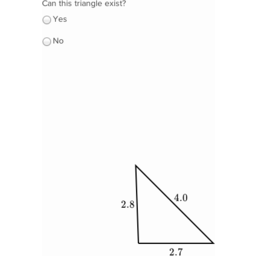
(The values within absolute value bars) (The number on the other side). For instance, if a problem contains greater than or greater than/equals to sign, set up a compound inequality that has the following formation:

How to Solve Absolute Value Inequalities? So, the absolute value inequalities can possess any one of these four symbols.

These are less than ( ), less than or equal ( ≤), and greater than or equal ( ≥). There are four different inequality symbols to choose from. For example, the expression |x + 3| > 1 is an absolute value inequality containing a greater than symbol. Now let’s see what the absolute value inequalities entail.Īn absolute value inequality is an expression with absolute functions as well as inequality signs. Absolute value is denoted by two vertical lines enclosing the number or expression.įor example, the absolute value of x is expressed as | x | = a, which implies that, x = +a and -a. What is Absolute Value Inequality?īefore we can learn how to solve absolute value inequalities, let’s remind ourselves about a number’s absolute value.īy definition, the absolute value of a number is the distance of a value from the origin, regardless of the direction.

This article will show a brief overview of the absolute value inequalities, followed by the step-by-step method to solve the absolute value inequalities.įinally, there are examples of different scenarios for better understanding. The difference is that we have a variable in the prior and a constant in the latter. The absolute value of inequalities follows the same rules as the absolute value of numbers.

Absolute Value Inequalities – Explanation & Examples


 0 kommentar(er)
0 kommentar(er)
